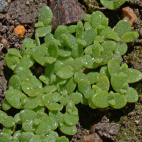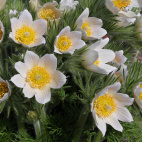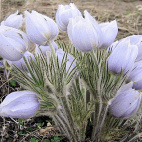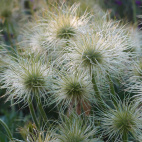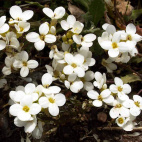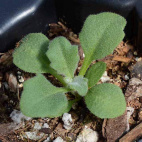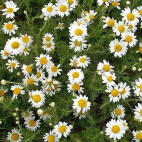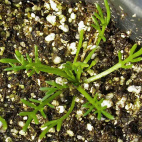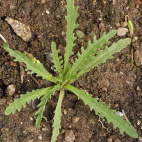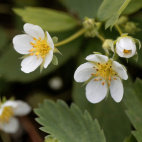Color
Availability
USDA Zone
Region
Type
Duration
Season
Germination
Soil
Sunlight
Height
Use
Narrow Your Search
Color
Availability
USDA Zone
Region
Type
Duration
Season
Germination
Soil
Sunlight
Height
Use
Wildflower Seeds - Northern Region
The Northern region is home to our Canadian friends in the eastern provinces, as well as the northern-most part of the Eastern US. This area is characterized by a long, cold winter with lots of snow, and a short humid summer that only lasts about 3 or 4 months. Most of the area is classified as a UDSA Growing Zone 4 or less, and the species that grow here have interesting ways to perpetuate themselves in spite of the short growing season. There are a lot of forests and wetlands in this region, so adequate moisture is hardly ever a problem. Look up your growing zone to make sure that the Northern wildflower seeds that you want to grow are winter hardy. Alternatively, just order annual flower seeds online so that the plant does not need to make it through the winter, but can reseed itself and come back from seed the next year.
-
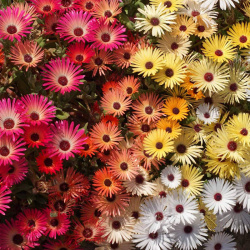 On Sale!
Ice Plant Seed Mix
Mesembryanthemem criniflorum
This plant's unusual name was most likely inspired by the crystal-like texture of its foliage. This vibrant annual also produces masses of daisy-like flowers in red, orange, yellow, pink, white, or purple.Quick View$2.98 Pkt - $8.20 / Oz
On Sale!
Ice Plant Seed Mix
Mesembryanthemem criniflorum
This plant's unusual name was most likely inspired by the crystal-like texture of its foliage. This vibrant annual also produces masses of daisy-like flowers in red, orange, yellow, pink, white, or purple.Quick View$2.98 Pkt - $8.20 / Oz -
 Pasque Flower Seeds
Anemone patens wolfgangiana
Pasque means Passion, and this native wildflower usually unfolds its lovely petals around the Easter season. Known as one of the first to blossom on the prairie, it is also called a Prairie Crocus. Once established, this plant can continue growing for up to fifty years. Once the delicate blooms have faded, it produces fluffy seedheads that float away with the wind.Quick Viewx
Pasque Flower Seeds
Anemone patens wolfgangiana
Pasque means Passion, and this native wildflower usually unfolds its lovely petals around the Easter season. Known as one of the first to blossom on the prairie, it is also called a Prairie Crocus. Once established, this plant can continue growing for up to fifty years. Once the delicate blooms have faded, it produces fluffy seedheads that float away with the wind.Quick ViewxPasque Flower Seeds
Anemone patens wolfgangiana
Pasque means Passion, and this native wildflower usually unfolds its lovely petals around the Easter season. Known as one of the first to blossom on the prairie, it is also called a Prairie Crocus. Once established, this plant can continue growing for up to fifty years. Once the delicate blooms have faded, it produces fluffy seedheads that float away with the wind.
$3.75 Pkt - $160.00 / Oz -
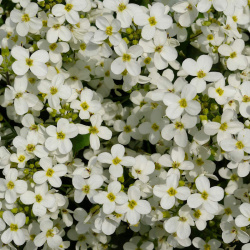 On Sale!
Rockcress Seeds
Arabis alpina
This attractive foliage forms a dense mat close to the ground, while the stems support clusters of pure white, tiny flowers. The native groundcover also grows well in rock gardens.Quick View$3.48 Pkt - $16.57 / Oz
On Sale!
Rockcress Seeds
Arabis alpina
This attractive foliage forms a dense mat close to the ground, while the stems support clusters of pure white, tiny flowers. The native groundcover also grows well in rock gardens.Quick View$3.48 Pkt - $16.57 / Oz -
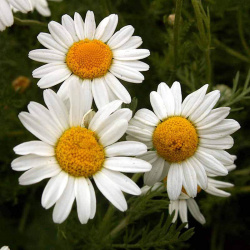 Roman Chamomile Seeds
Anthemis nobilis
Traditionally used as a ground cover, chamomile lawns still exist at Buckingham Palace. The small daisy-like flowers give off a sweet, fruity fragrance, and the greenery grows in a dense mat.Quick View$3.48 Pkt - $20.59 / Oz
Roman Chamomile Seeds
Anthemis nobilis
Traditionally used as a ground cover, chamomile lawns still exist at Buckingham Palace. The small daisy-like flowers give off a sweet, fruity fragrance, and the greenery grows in a dense mat.Quick View$3.48 Pkt - $20.59 / Oz -
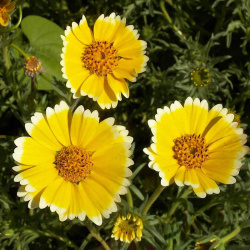 On Sale!
Tidy Tips Seeds
Layia platyglossa
These bright, little flowers feature golden centers with neat, white edging. Native to the Southwest, this annual is ideal for rock gardens and windowboxes and can be grown in almost any garden with little effort.Quick View$3.48 Pkt - $13.34 / Oz
On Sale!
Tidy Tips Seeds
Layia platyglossa
These bright, little flowers feature golden centers with neat, white edging. Native to the Southwest, this annual is ideal for rock gardens and windowboxes and can be grown in almost any garden with little effort.Quick View$3.48 Pkt - $13.34 / Oz -
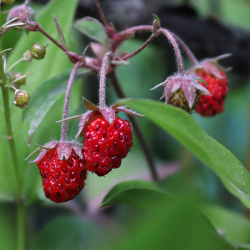 Wild Strawberry Seeds
Fragaria virginiana
Native to the United States, this plant bears tiny, wild strawberries. They are flavorful and sweet, albeit seedier than their cultivated cousins. Great for the homestead garden!Quick View$3.96 Pkt - $400.00 / Oz
Wild Strawberry Seeds
Fragaria virginiana
Native to the United States, this plant bears tiny, wild strawberries. They are flavorful and sweet, albeit seedier than their cultivated cousins. Great for the homestead garden!Quick View$3.96 Pkt - $400.00 / Oz
The Northern region is home to our Canadian friends in the eastern provinces, as well as the northern-most part of the Eastern US. This area is characterized by a long, cold winter with lots of snow, and a short humid summer that only lasts about 3 or 4 months. Most of the area is classified as a UDSA Growing Zone 4 or less, and the species that grow here have interesting ways to perpetuate themselves in spite of the short growing season. There are a lot of forests and wetlands in this region, so adequate moisture is hardly ever a problem. Look up your growing zone to make sure that the Northern wildflower seeds that you want to grow are winter hardy. Alternatively, just order annual flower seeds online so that the plant does not need to make it through the winter, but can reseed itself and come back from seed the next year.










